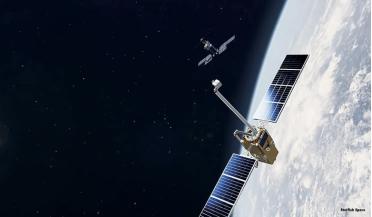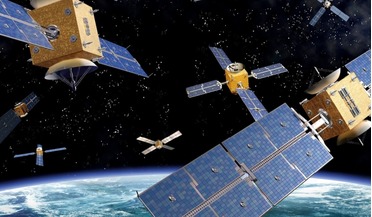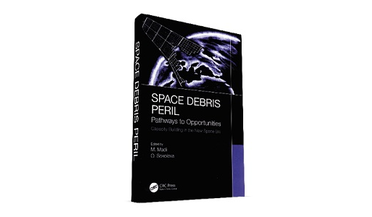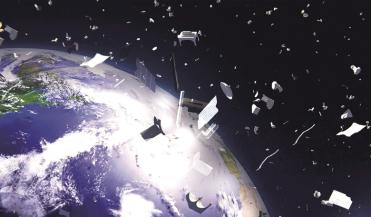 October 2025
The law as a last line of defence when space debris hit home
October 2025
The law as a last line of defence when space debris hit home
...Term Sustainability (LTS) Guidelines and the Space Debris Mitigation Guidelines. These Guidelines call for improved accuracy...incentive for States to focus on reducing their production of large debris. A downside, however, is because the model works on...
 February 2019
The Space Elevator – an alternative path to space?
February 2019
The Space Elevator – an alternative path to space?
... Elevator Conference 2016, Seattle, 2016. 19 P. Swan, R. Penny and C. Swan, “Space Elevator Survivability, Space Debris Mitigation,” 2010. 20 Space Elevators: An Assessment of the Technological Feasibility and the Way Forward, Paris: International...
 September 2019
Expectations in a connected world
September 2019
Expectations in a connected world
... could increase, resulting in an increased risk of collision. Preventing space debris is the most cost-effective and successful way of managing it. Although space debris mitigation might prove costly, a failure to ensure it runs the risk of service...
 22 June 2021
Space Debris Peril
22 June 2021
Space Debris Peril
... following sections review possible deorbiting systems and other aspects under the currently fashionable headings of space debris mitigation and Active Debris Removal (ADR). The volume ends with sections on space law, risk assessment and...
 September 2023
Space sustainability and the global commons
September 2023
Space sustainability and the global commons
... First of all, despite great efforts, it is important to realise that we do not have a binding framework for orbital debris mitigation. Although we have some useful guidelines adopted by the UN Committee on the Peaceful Uses of Outer Space (UN COPUOS...
 February 2018
Growth drivers, requirements and threats in the smallsat industry
February 2018
Growth drivers, requirements and threats in the smallsat industry
... and inclination can be expected. Other important demand drivers for launching small satellites are congestion and debris mitigation. Congestion will become a factor towards the end of the prediction period when the large number of satellites...